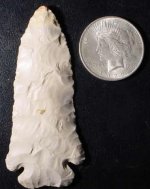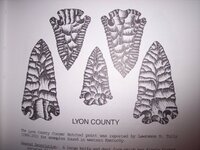Hill Billy
Bronze Member
- Jun 3, 2007
- 1,766
- 76
- Detector(s) used
- Whites XLT
- Primary Interest:
- Other
I need some help with this one.Two friends have two different opinions.What do you guys and gals think it is ?It was found in Ky. Thanks HB
Attachments
Upvote
0







